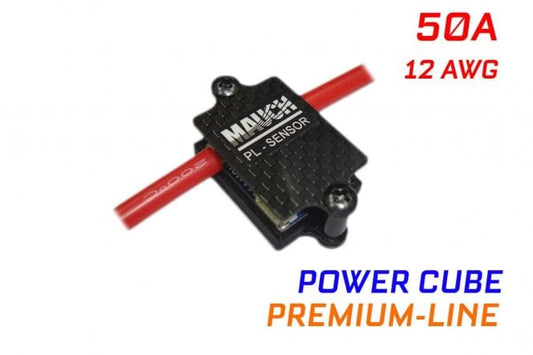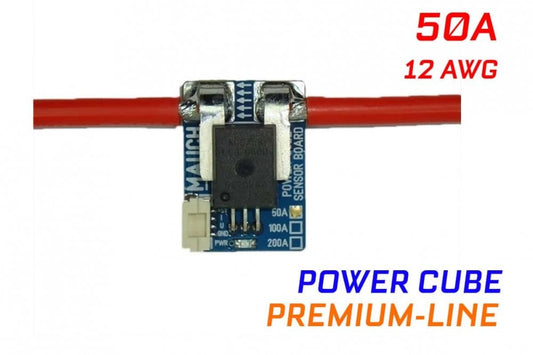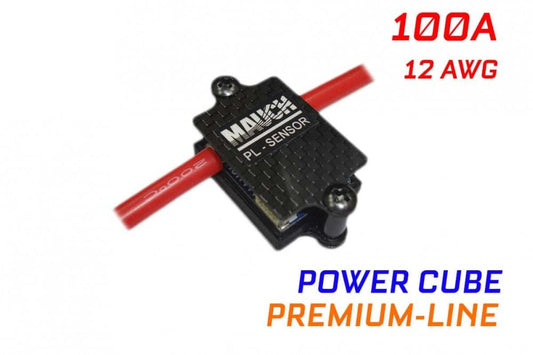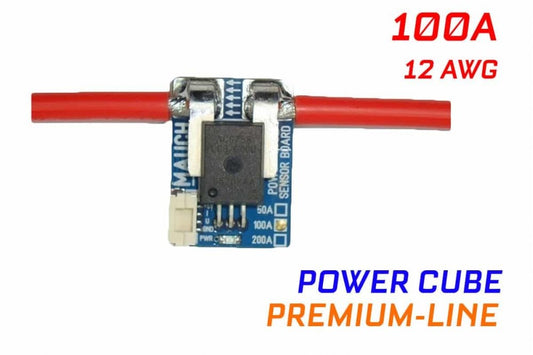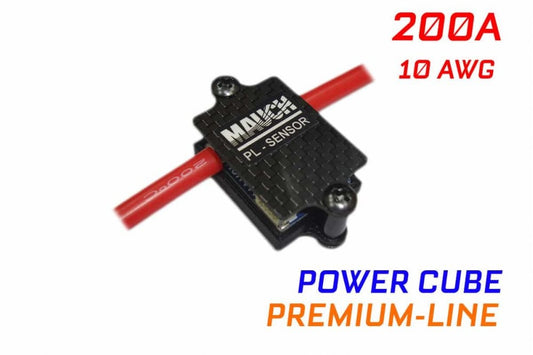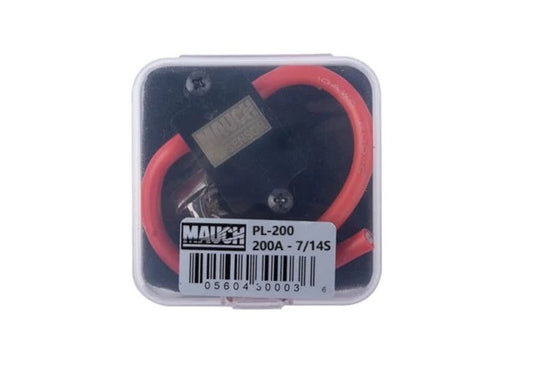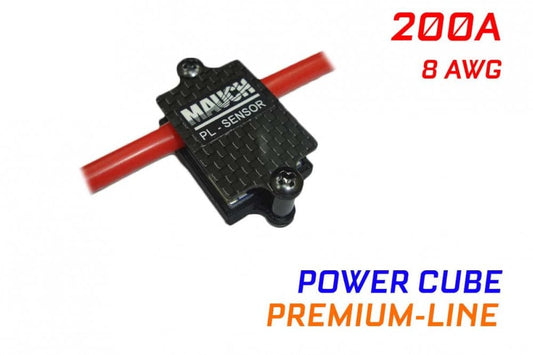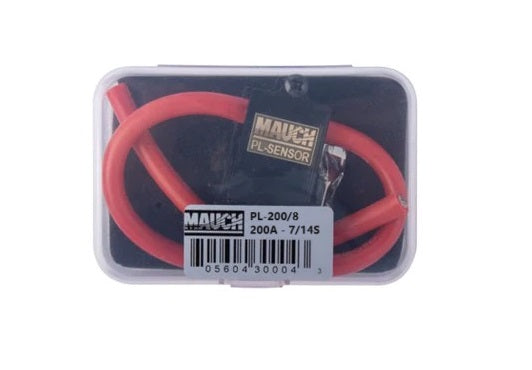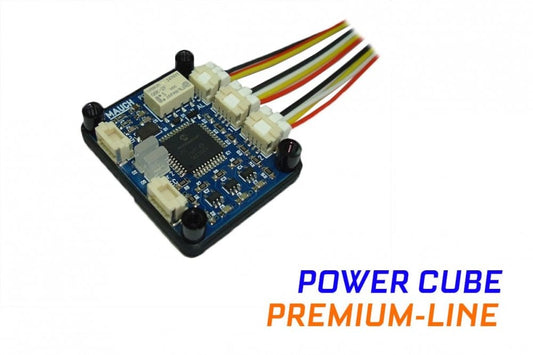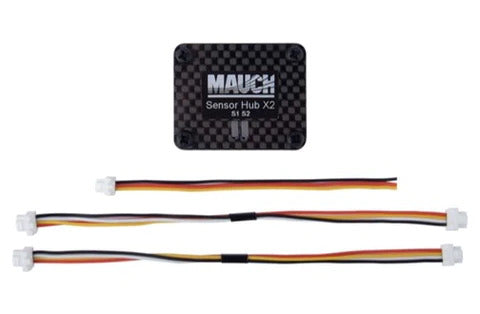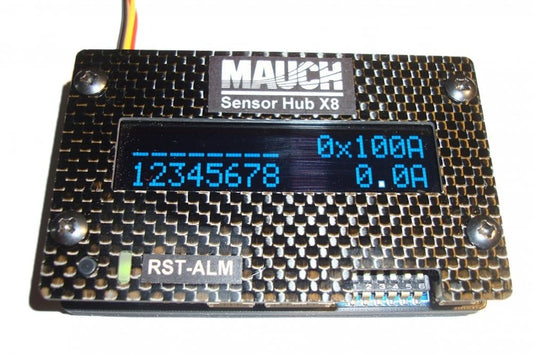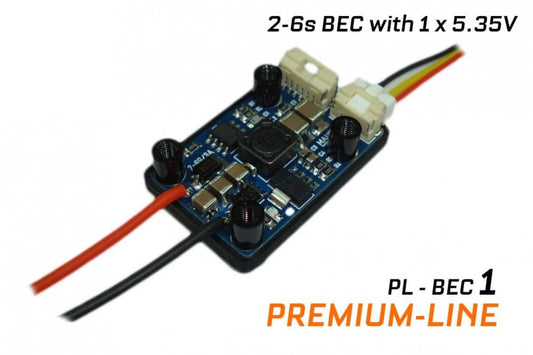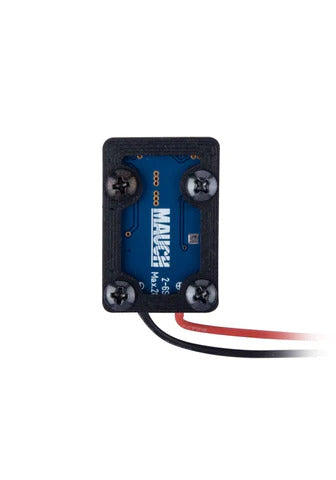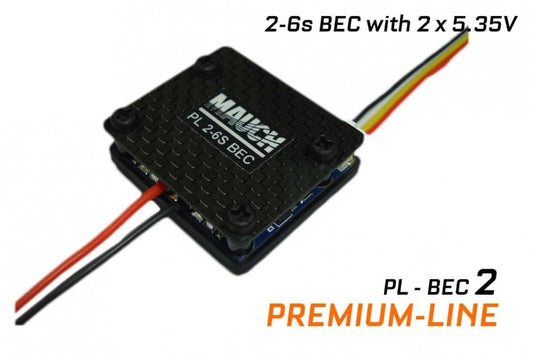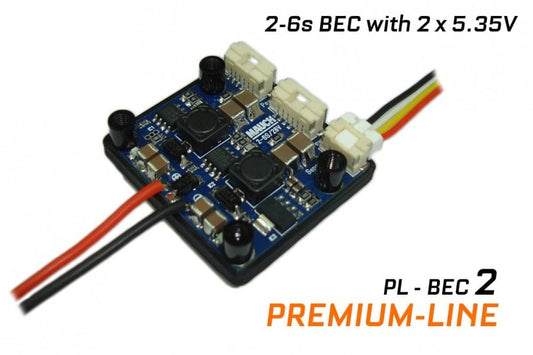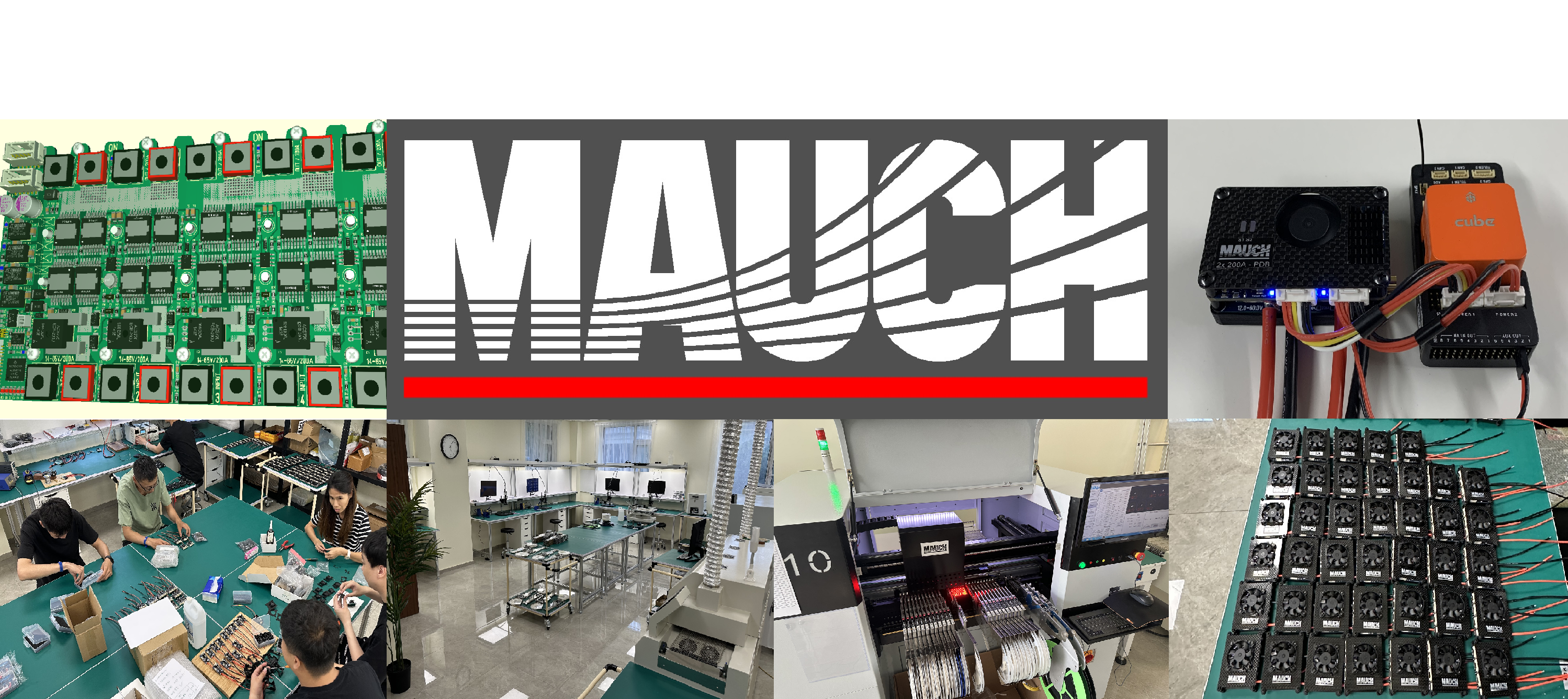
Browse our latest products
Welcome back to our new website and our deepest apologies for the time we were not online. The newly created site is still a kind of work in progress. Therefore, please be patient if you can’t find, for example, the manuals. All will be uploaded over the next few days.
Please select first the correct category and avoid purchasing parts from different categories, as they might not be compatible with each other.
HS-Series: Standard series
PL-Series: Premium Line Series with improved sensors and BEC’s.
PC-Series: Power-Cube Series for professional setups.
Featured products
-
001: PL-050 Sensor Board
Regular price $39.37 USDRegular priceUnit price / per -
002: PL-100 Sensor board
Regular price $39.37 USDRegular priceUnit price / per -
003: PL-200 Sensor Board
Regular price $40.95 USDRegular priceUnit price / per -
004: PL-200/8 Sensor Board
Regular price $45.71 USDRegular priceUnit price / per -
010: PL Sensor Hub X2-V2
Regular price $46.51 USDRegular priceUnit price / per -
013: Sensor Hub X8
Regular price $211.11 USDRegular priceUnit price / per -
015: PL 2-6S BEC 1x5.35V
Regular price $27.94 USDRegular priceUnit price / per -
016: PL 2-6S BEC 2x5.35V
Regular price $47.78 USDRegular priceUnit price / per
